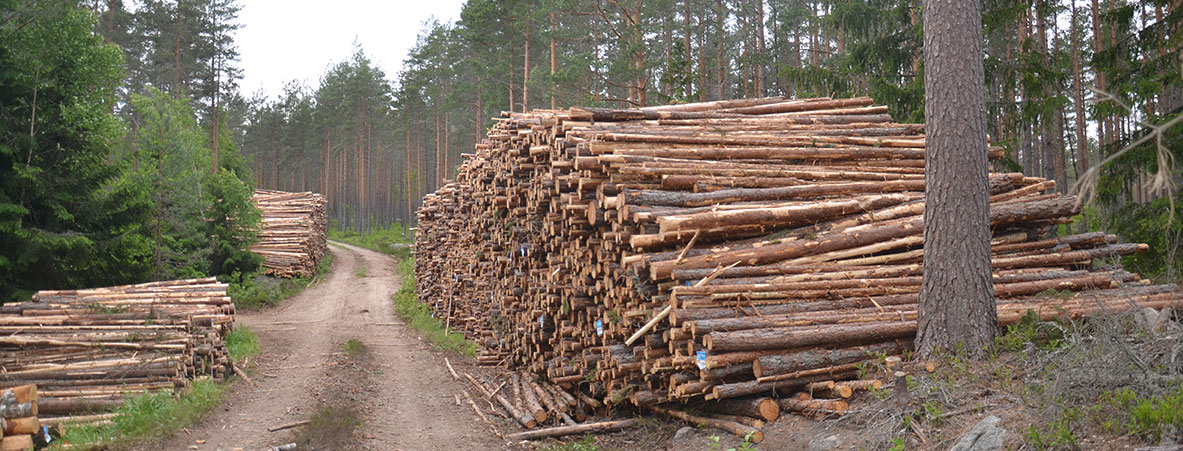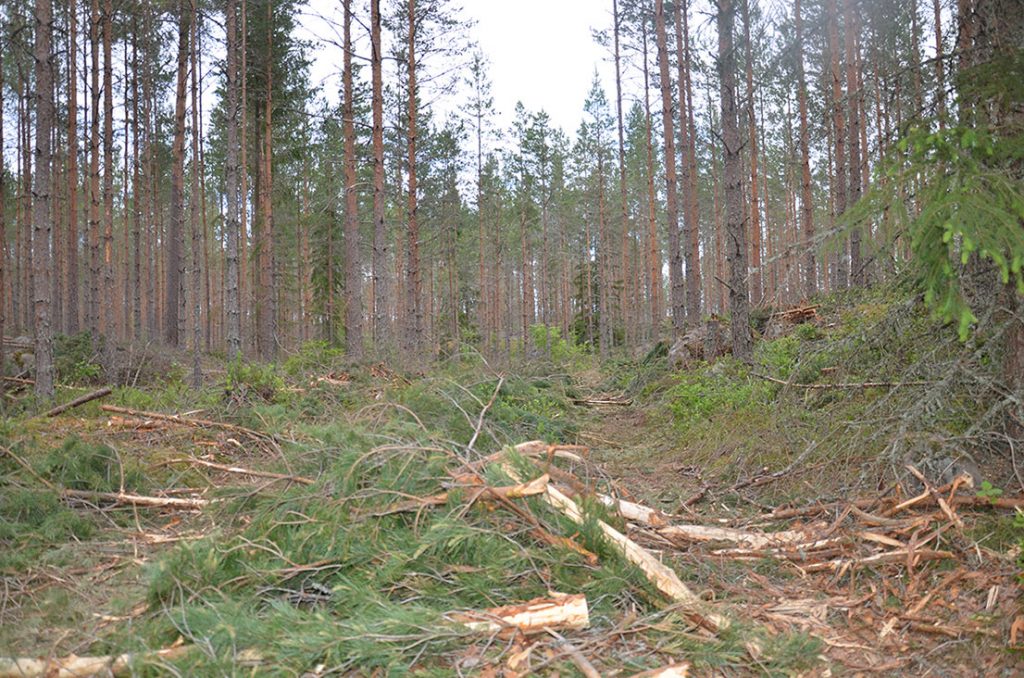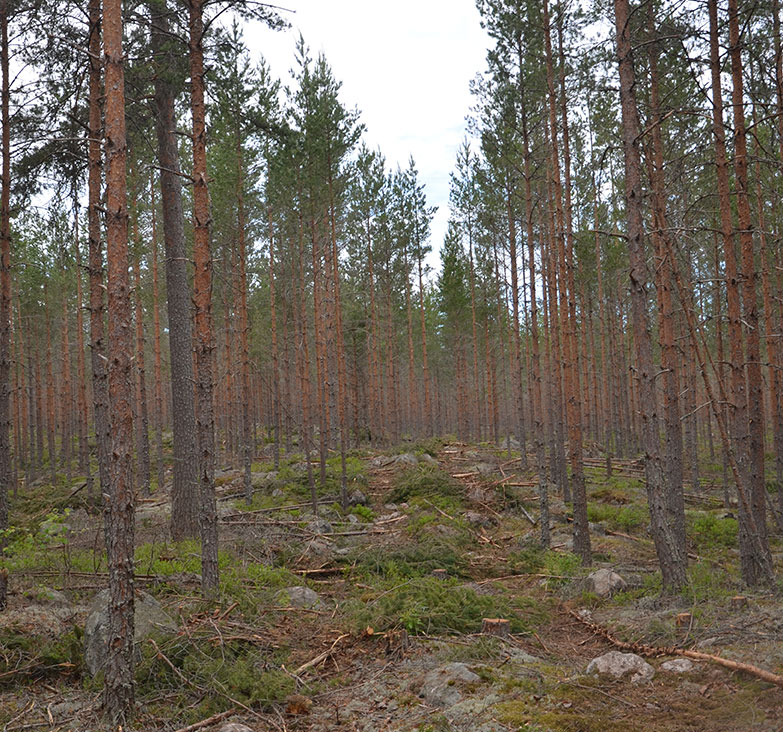Trees from Small Diameter Stands (SDS), resulting from thinning, coppice, forest fire prevention cutting, and linear areas such as roadsides, are a large underutilized wood resource with high potential to support growth of the forest-based bioeconomy in Europe. Aiming at increasing harvesting efficiency and reducing operational costs, the Smallwood project will develop and bring two Harvesting and Extraction Innovations (HEIs) of specific SDS relevance closer to the market. These include:
1) Multi-tree harvesting techniques combined with new working methods; and
2) Combined harvesting and chipping.
The overall objective is to increase the sustainable utilization of small diameter wood through improved management to generate higher long-term value and stability of forests, and further boost new SMEs and work opportunities in rural areas.
By evaluating the HEIs in four European countries, we will provide a comprehensive understanding of their efficiency, innovation potential, environmental impact and contribution to sustainability, as well as the social and economic effect of increased SDS utilization. Further, we will develop new business models and assess how forest owner motivation and innovation uptake can be stimulated. Mobility and training are at the core of Smallwood, which by sharing knowledge between countries and sectors, has a strong potential to develop a new system for SDS utilization that is applicable all over Europe and beyond. Furthermore, the Smallwood project will contribute to the development of European machine manufacturing companies since increased SDS management also will lead to the need of more machines, and in the long run, more developed innovative solutions to perform this management.



